Greece is a country known for its rich, centuries old history and some of the world’s most famous archaeological sites. We have asked our members to share their favourite archaeological sites in Greece.
Acropolis of Athens
By Celeste Tat from Family Experiences Blog
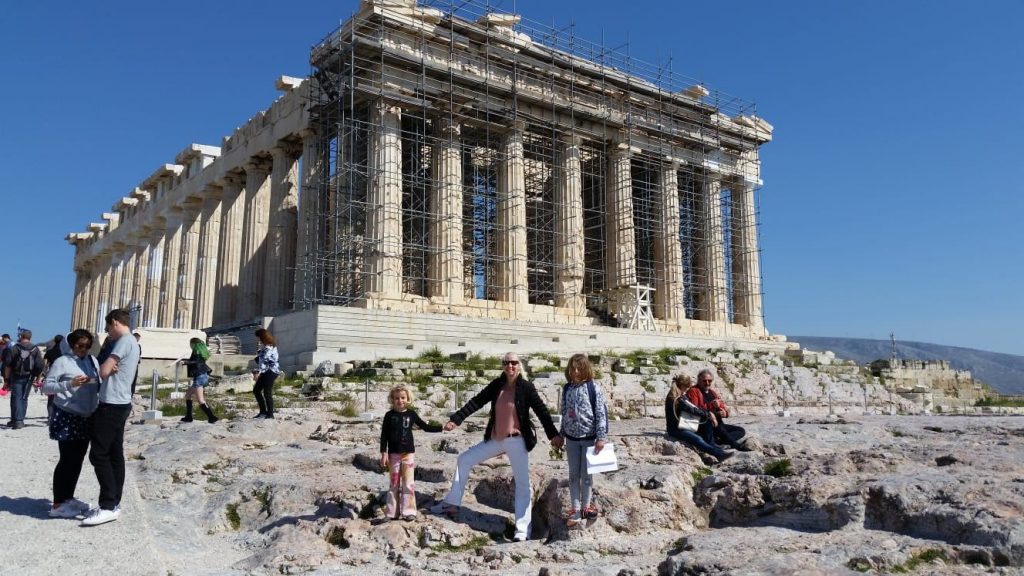
If I had to pick my favourite archaeological site in Greece, I would choose the best kept monument of the ancient world; the Acropolis. Not only is the Acropolis a symbol of Greece and democracy, this world-famous archaeological site is also the face of my beloved adopted hometown Athens.
The Acropolis is actually the name of the hill on which ancient Athens was founded. When the first inhabitants left the top and moved to the foothills of the Acropolis, temples and sanctuaries were erected. The most famous of all is the Parthenon temple, dedicated to goddess Athena – the patron goddess of Athens city.
There are two entrances to the Acropolis rock: the main one which is in the west and the side entrance (known as Dionysus Theater entrance), which is located in the south-east. Using the Dionysus Theater entrance you have the opportunity to see the Dionysus Theater –the oldest and most important theatre in Europe, the Thrasylus sponsor’s monument, the Eumenes Stoa, and the Asclepius Sanctuary – the first hospital in the world.
The intriguing Acropolis archaeological site is great for visiting with children who are interested in history and mythology. Kids will love the stories about Athena and the Olympian Gods, the impressive tall columns of the Parthenon temple and the view over Athens.
The Acropolis is a must-visit when you are visiting Athens!
Akrotiri in Santorini
Rania of Bachelor of Travel
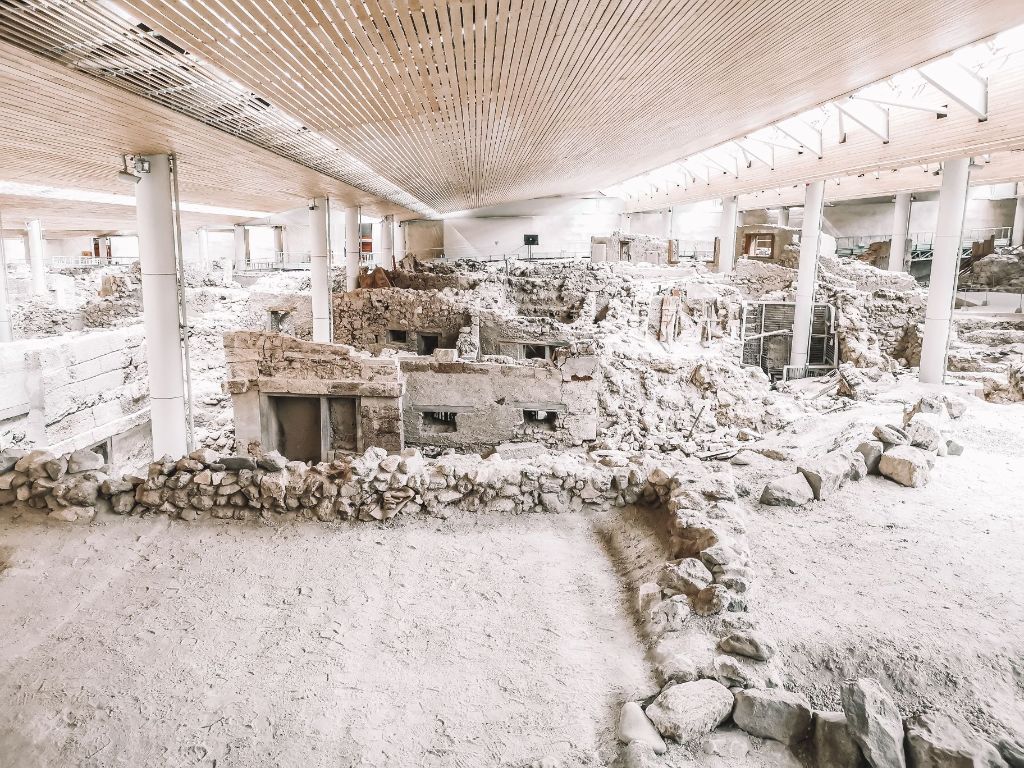
There are so many archaeological sites in Greece worth mentioning that picking just one to highlight from the rest is a challenging task. For this reason, and to answer this question in a way that does it justice, I looked at places that have captured my attention for a number of different reasons and that I would go back to without a second thought.
The prehistoric ruins of Akrotiri in Santorini, the beloved island of couples and arguably the most romantic spot in the world, is a perfect example.
Maybe it is because I had the pleasure of visiting Akrotiri in the winter when the crowds of Santorini had all but disappeared, maybe it was the fact that I visited (by accident) on the first Sunday of the month and so admission was free. Or maybe it was the subsequent reading and research about this site, that made me fall in love with it so deeply.
Akrotiri was a prehistoric Minoan settlement that is dated to 4,000 BC; strongly linked to Minoan Crete it was a wealthy and important harbour at the time. But it is also so much more.
The underlying legend of the Lost Atlantis, the catastrophic explosion that led to its demise and the frozen in time artefacts that have allowed archaeologists to piece its history back together, offer a fascinating backdrop to this place that needs to be understood before stepping foot on the site.
There is still so much we don’t know about this mysterious and wealthy village with its elaborate water drainage system and two-story houses and this is what makes it so fascinating to visit.
Ancient Agora in Athens
Chrysoula of Travelpassionate
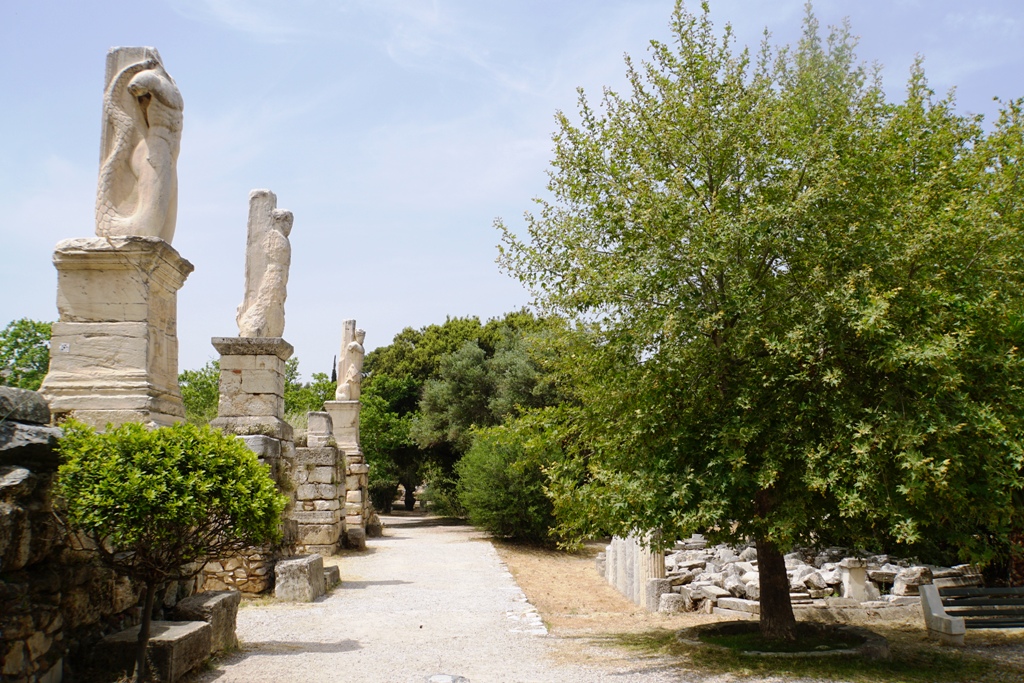
Athens is awash with incredible archaeological sites so it’s sometimes hard to know which to visit first, but it’s safe to say that the Ancient Agora is a definite must-see. This sprawling ancient market complex was the social, political, and commercial hub of Athens during Ancient Greek times, with temples, municipal buildings, public squares and trade stand throughout. While some of the excavations on this site showed just remaining ruins, others were much more impressive like the Temple of Hephaestus and Stoa of Attalos which have been restored to perfection and stand proud on their original sites.
Today, the Ancient Agora Museum lies within the grand Stoa of Attalos and visitors can wander around the Agora complex before delving into Ancient Greek history in the museum which houses finds like ceramics, jewelry, weapons, and coins.
The Athens Agora is thought to be one of the best-known examples of an Ancient Greek marketplace and is one of the capital’s most-loved landmarks.
Full-price tickets to the Ancient Agora cost €8 or if you’re planning on visiting other archaeological sites you can purchase the combined entrance ticket for €30 which includes: Acropolis, Ancient Agora, Roman Agora, Theatre of Dionysus, Kerameikos, Temple of Olympian Zeus and Hadrian’s Library.
Ancient Dodoni
By Katerina and Maria of It’s All Trip To Me
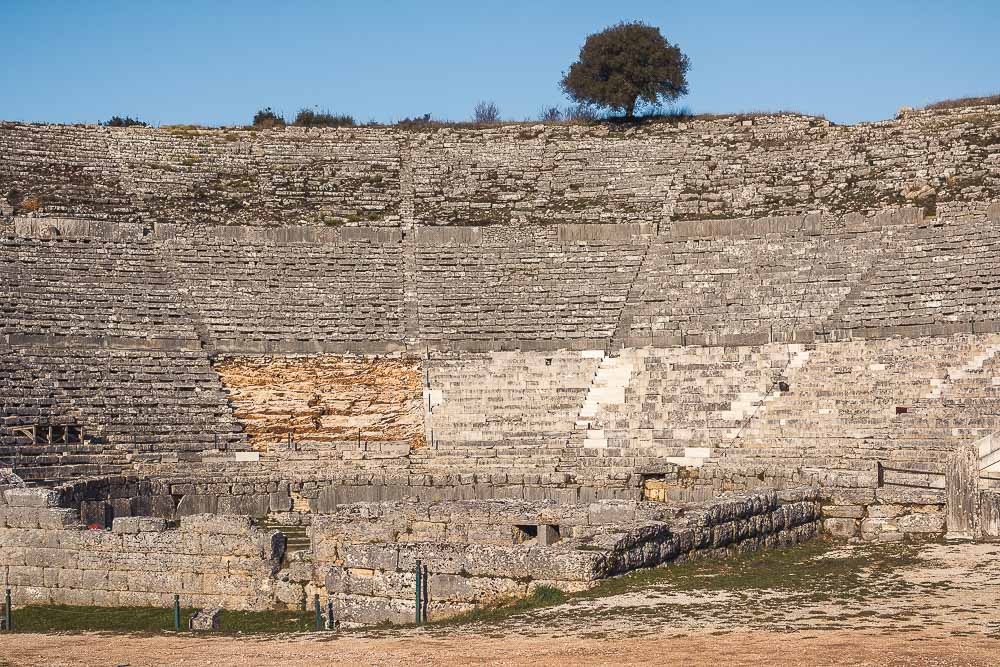
Greece is abundant in spectacular archaeological sites, some of which are world-renowned and instantly recognisable, such as the Acropolis, while others are less-known, yet equally fascinating. One of those less famous yet unmissable archaeological sites is Ancient Dodoni near Ioannina, the most gorgeous city in Northwestern Greece.
Dodoni used to be the site of the oldest oracle in Ancient Greece. Although the oracle of Dodoni never managed to outshine the oracle of Delphi in Central Greece, its fame never stopped rising, with pilgrims coming from all over the then-known world to consult the oracle and pay their respects to one of the most significant religious sites of its time.
As a consequence, Dodoni grew into an important ancient city, which is why it’s now home to the remains of many types of buildings that narrate the city’s glorious past. The most impressive among them is the Ancient Theatre of Dodoni, which is one of the best-preserved ancient theatres in Greece.
Nowadays, a visit to Ancient Dodoni is mandatory not only for the city’s vast historical and architectural significance, but also because the archaeological site enjoys a unique location in the midst of utter natural beauty. Last but not least, the archaeological site is just a 30-minute drive away from Ioannina, which makes Ancient Dodoni the perfect destination for a half-day trip from the city.
Ancient Theatre of Epidaurus
Katerina of Limitless Travelling
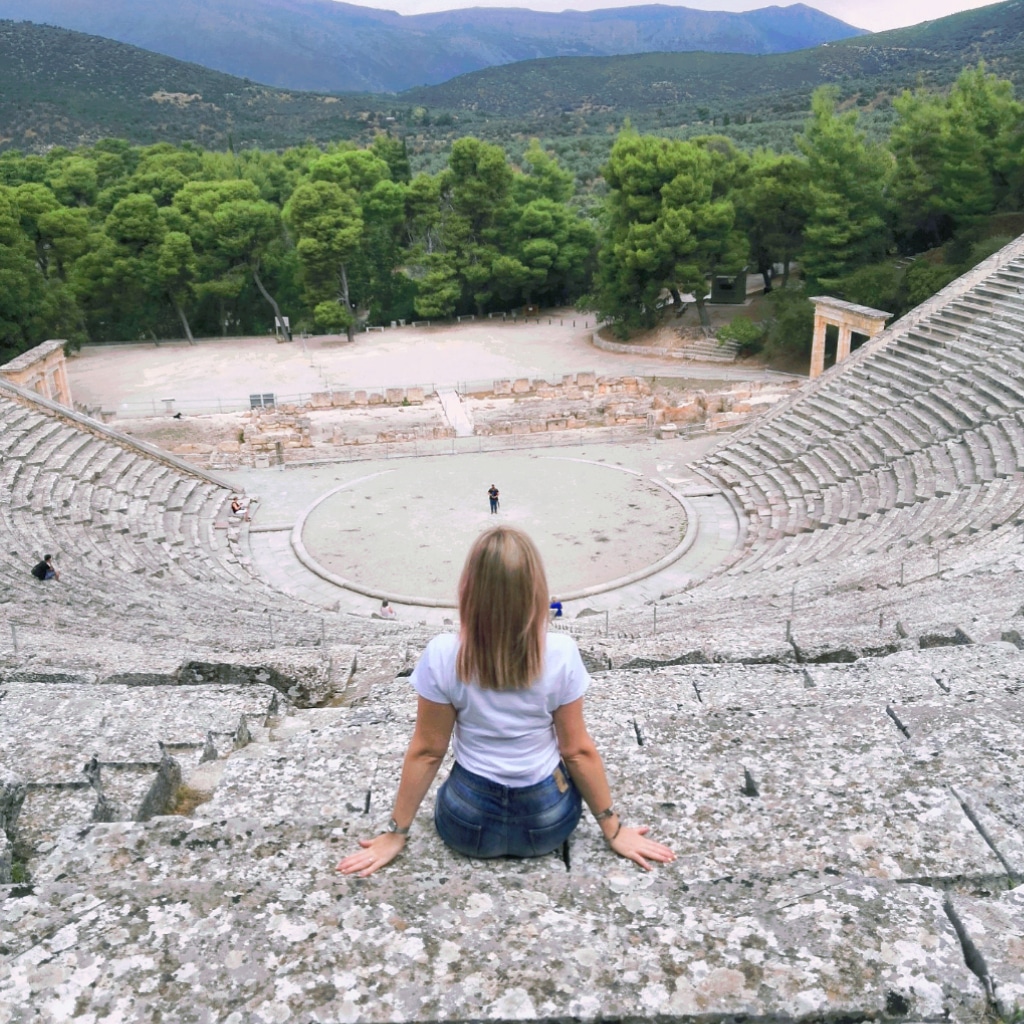
The ancient theater in the city-museum of Epidaurus is one of the oldest theaters on the planet, which has survived to this day and if found in a very good condition. This is an outstanding monument of world scale, included in the list of UNESCO World Cultural Heritage.
You can visit this place on your own or with an excursion from Athens and the nearest seaside resorts like Loutraki and Tolo.
The Ancient Theater of Epidaurus was built in the 3rd century BC by architect Polycletus. Its main purpose was to entertain Asclepion’s wealthy patients, although it was often used as a meeting place for city meetings. This place became known only at the end of the 19th century during archaeological excavations. In the early 50s of the XX century, the theater was renovated and expanded again.
The Ancient Theatre was built near Asclepion and was an integral part of the hospital. The priests believed that the disease did not need to be cured, but a person, his soul and body must be healed, which makes it easier and faster to fight with the disease.
The Epidaurus Theater is one of the few ancient Greek theaters that are not only well preserved, but continue to operate in our time. The open-air hall has unique acoustics, and its structure itself is an example of engineering art. Visiting Greece during the Epidaurus Festival (July and August), you have the unique opportunity to enjoy live performances there.
Delphi
Elena of Travel Greece, Travel Europe
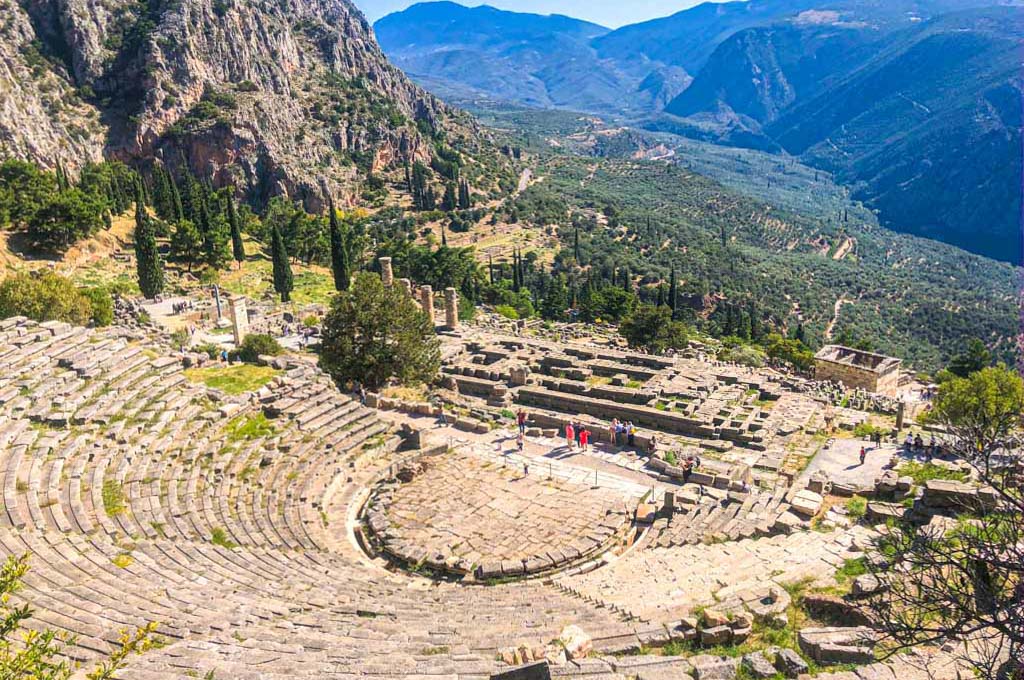
The famous UNESCO World Heritage Site of Delphi was first inhabited in the late Mycanean times, as early as the 15th century BC. It’s the seat of the most important Greek temple and oracle of Apollo. According to Greek mythology, Zeus set two eagles free to meet each other halfway in the center of the world, and so they did — here in Delphi. This magnificent archaeological site was considered to be the navel of the world during ancient times. The ancient site lies on the slopes of Mount Parnassus overlooking the valley and the Gulf of Corinth. The view from here is absolutely breathtaking and so is the energy. The climb to the top can be quite strenuous, thus it is recommended to avoid mid-day hours, especially during the summer.
The Museum of Delphi is also home to some of the most prized finds such as the bronze Charioteer as well as several other statues, pleasing everyone who loves history as it provides visitors to the museum with some insight into the culture of ancient Greece. The museum was founded in 1903 and is one of the best museums of Greece.
Roman Agora Thessaloniki
Amber Charmei – Provocolate

Is the Roman Agora of Thessaloniki one of the most dramatic archaeological sites of Greece? Frankly no. It’s more like a miracle hidden in plain sight – beautiful and eternal, and yet so casually integrated into the coolest neighborhood of Thessaloniki.
One thing that makes it miraculous is the fact that – despite dating from the 1st century AD – the Roman Agora is a newcomer to the cultural scene. It was only discovered in the 1960’s during the initial excavation phases of what was to be the foundation of the new courthouse. Another thing that makes it miraculous is the fact that – even though no one knew at the time that it was here – the Roman Agora nonetheless lines up directly with Aristotle Square – the heart of the modern, European-style city that was conceived when the ancient and medieval city was wiped out in a big fire in 1917. This axis has apparently radiated importance across centuries.
The Roman Agora ties together the epochs of the city beautifully. By the Odeon, you’ll see the Roman. Centuries later, the Ottomans built a bathhouse just a block away – the Bey Hamam. And speaking of the Odeon, the Agora is still a place for culture, hosting occasional performances and events. Just above the Agora, you’ll find the church of Thessaloniki’s Patron Saint – Agios Dimitrios. And near Egnatia is the Virgin of the Coppersmiths of 1032 – the inscription refers to this Christian church being built next to a site once ‘profane’ – Remnants of the pagan past were still then evident.
This is, for me, Thessaloniki’s cultural heart – urban through and through, from antiquity to the present. The Roman Agora may not be the splashiest archaeological site in Greece, but it is one of the most relevant – central to the contemporary life of the city.
Temple of Poseidon
Mansoureh of Travel with Mansoureh

Only 70 kilometres south of Athens lies one of the main monuments of the Golden Age of the Greek capital. The temple was built on the 60-meter cliff stands during a period between 444 and 440 BC.
As you can guess by the name, the temple was dedicated to Poseidon, God of the sea, who was responsible for protecting sailors and controlling rivers, lakes, and earthquakes and natural disasters. Here was a sacred place, where people especially sailors and fishermen came to offer animal sacrifices.
Temple of Poseidon was destroyed in 480 Bc when the Persian troops attacked, but later during the Archaic period was rebuilt. 16 out of its glorious 38 columns are still standing today. Unfortunately, going inside the temple is not allowed now, but when Lord Byron visited this place, was so impressed. That is why he carved his name one the columns on the south part of the temple.
Visiting the temple gives you the great panoramic view over the Aegean Sea.
The Museum of Pella and Archaeological Site
Tzina of Love for Travel
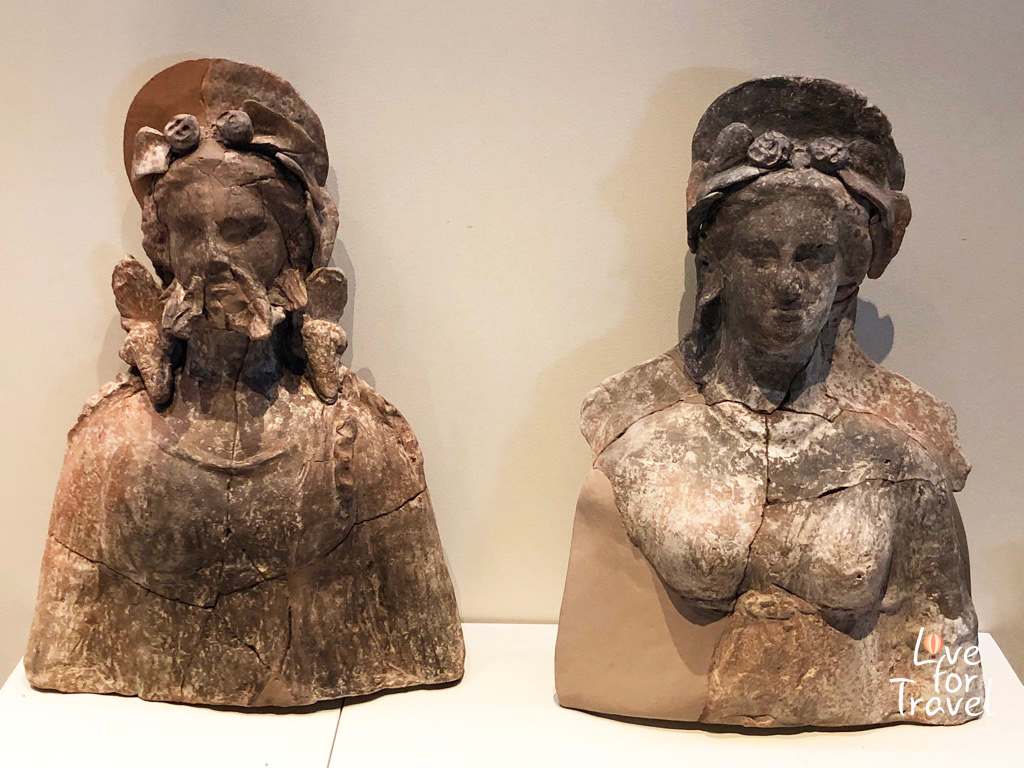
The Archaeological Museum of Pella has already completed its ten years of operation and is a gem in the region of Central Macedonia and the whole country.
The Archaeological site and the Museum of Pella are located on the 35th kilometer of the Old National Road of Thessaloniki – Pella. From Thessaloniki, there are regular bus services which run to Pella. There is a single ticket for both archaeological sites which costs 8 Euros while the reduced costs 4 Euros. The Museum is also accessible to people with disabilities.
The archaeological site gives a clear picture of ancient Pella. The best way to explore the sites is by starting at the archaeological site and then ending up at the Museum, where you will see the complete collection of the archaeological finds.
The Archaeological Museum of Pella is divided into five sections. Daily Life, Public Life, Religion & Worships, Cemeteries, and Palace.
Pella was organized in building blocks since the 4th century, applying the Hippodamian system of street planing. Its huge market was the central point of the city. Around it, there were shops with commercial and administrative activities and workshops.
Two of the wealthiest houses, occupying one block each, were built close to the market. One of the mosaics belonging to these houses has been transferred inside the archaeological Museum, while the other remains in its original place.
Have you ever been to the Archaeological Museum of Pella? Share your impressions with us.
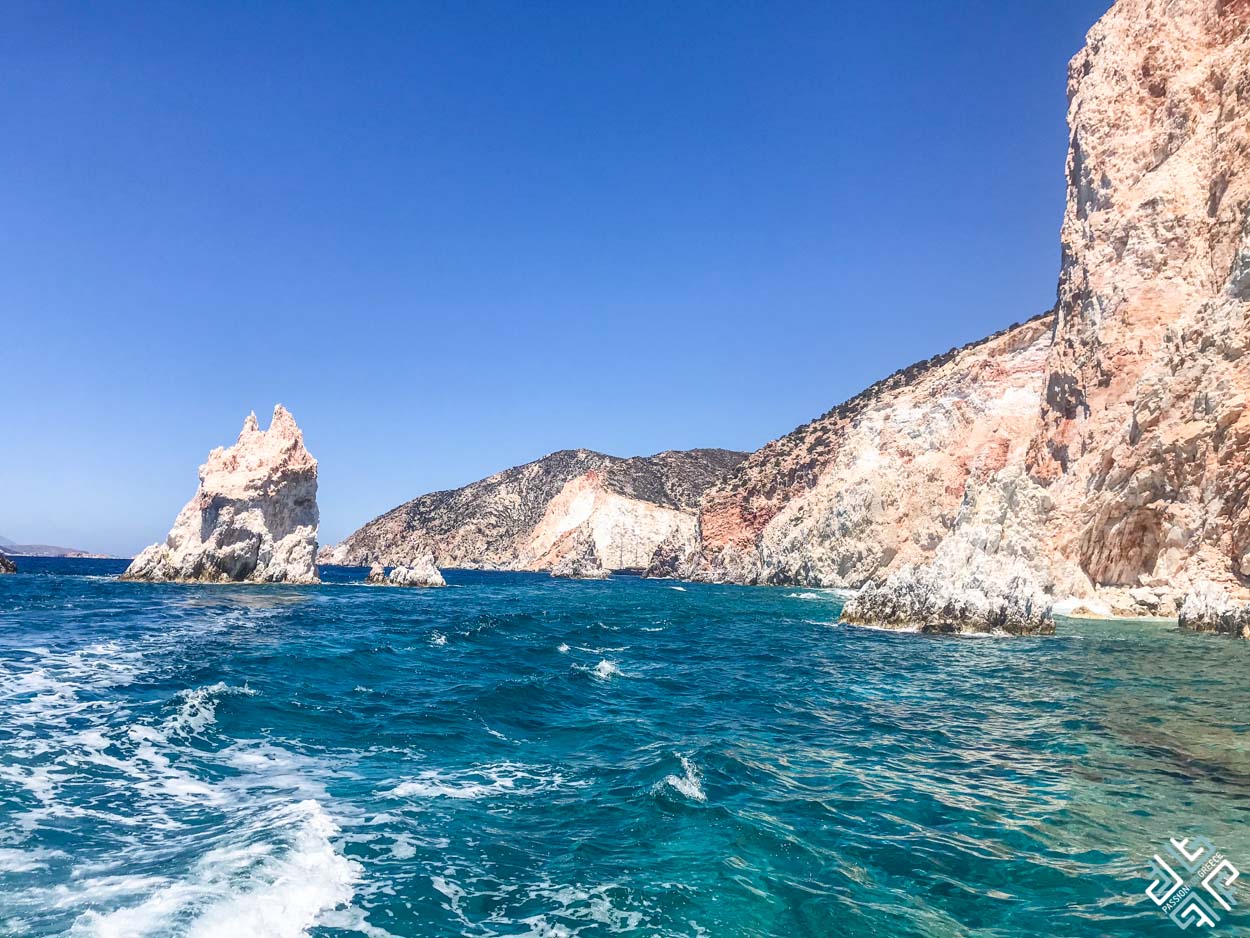


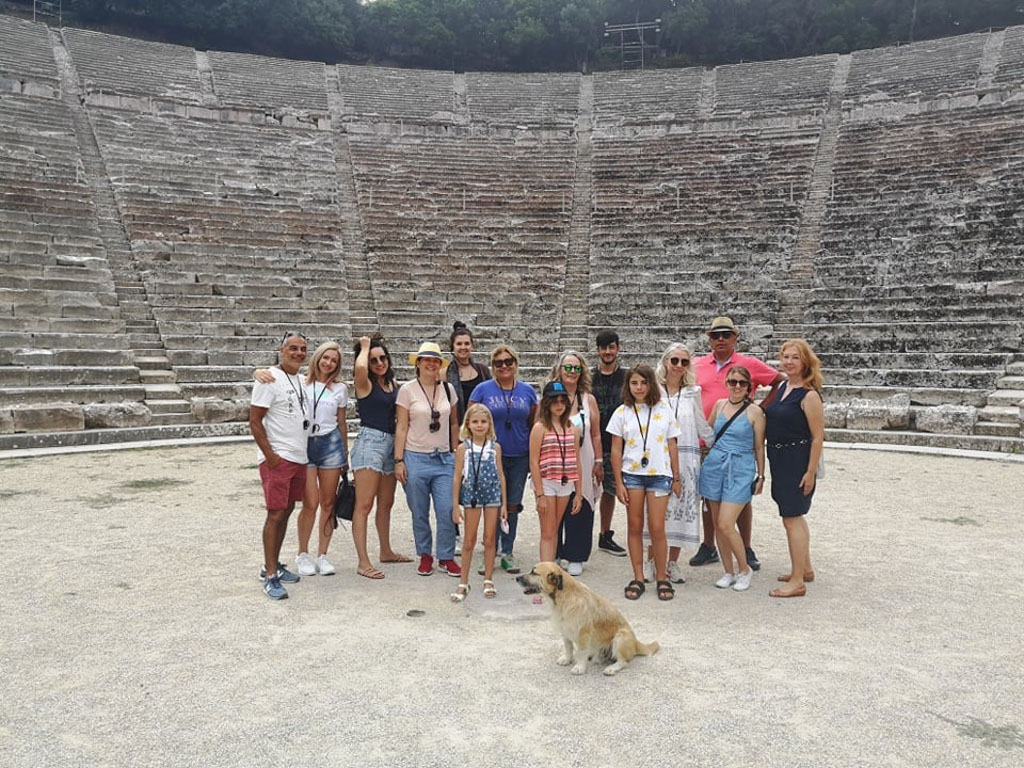


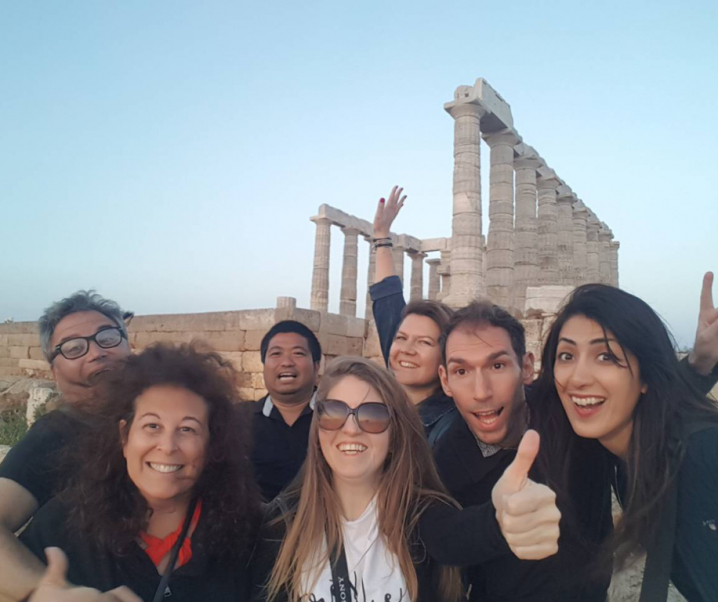

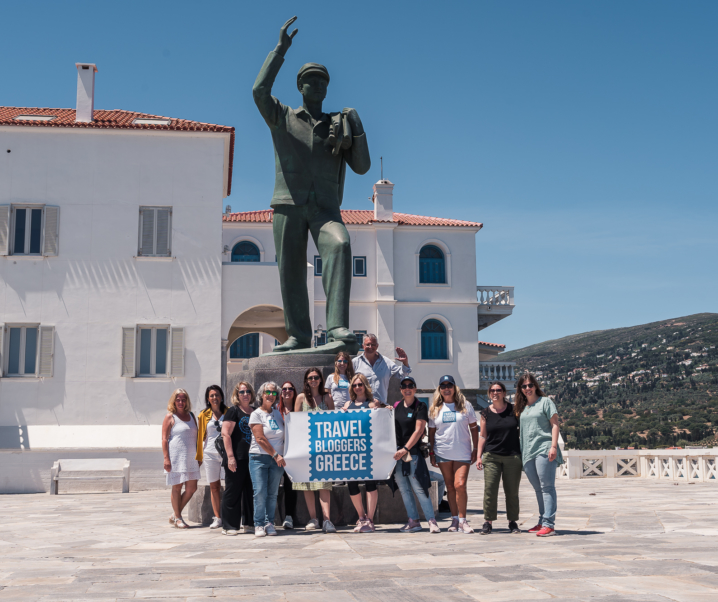


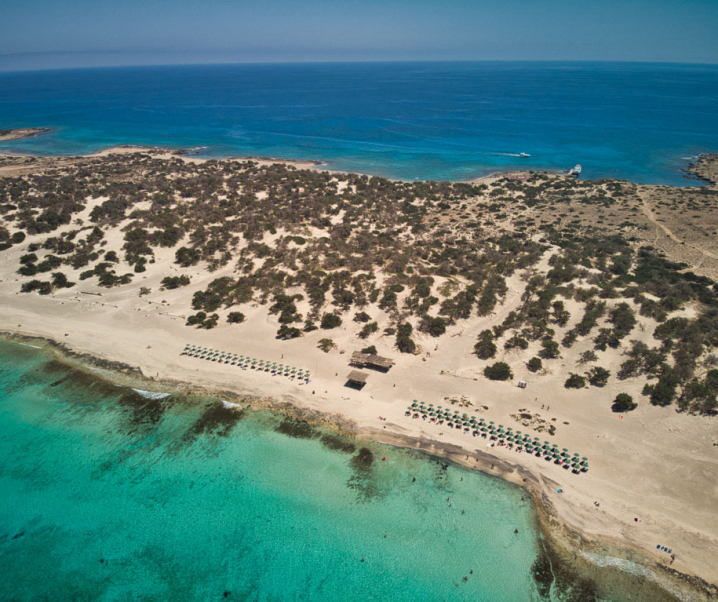






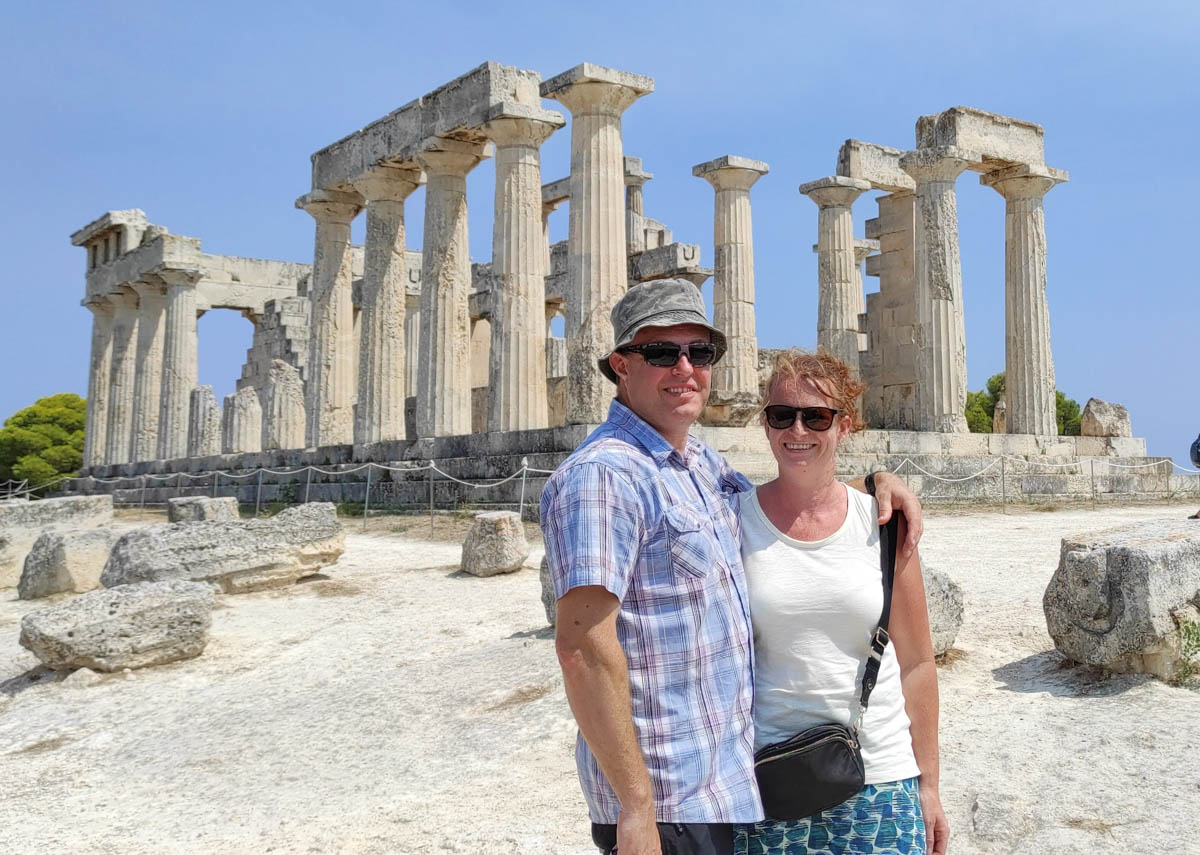
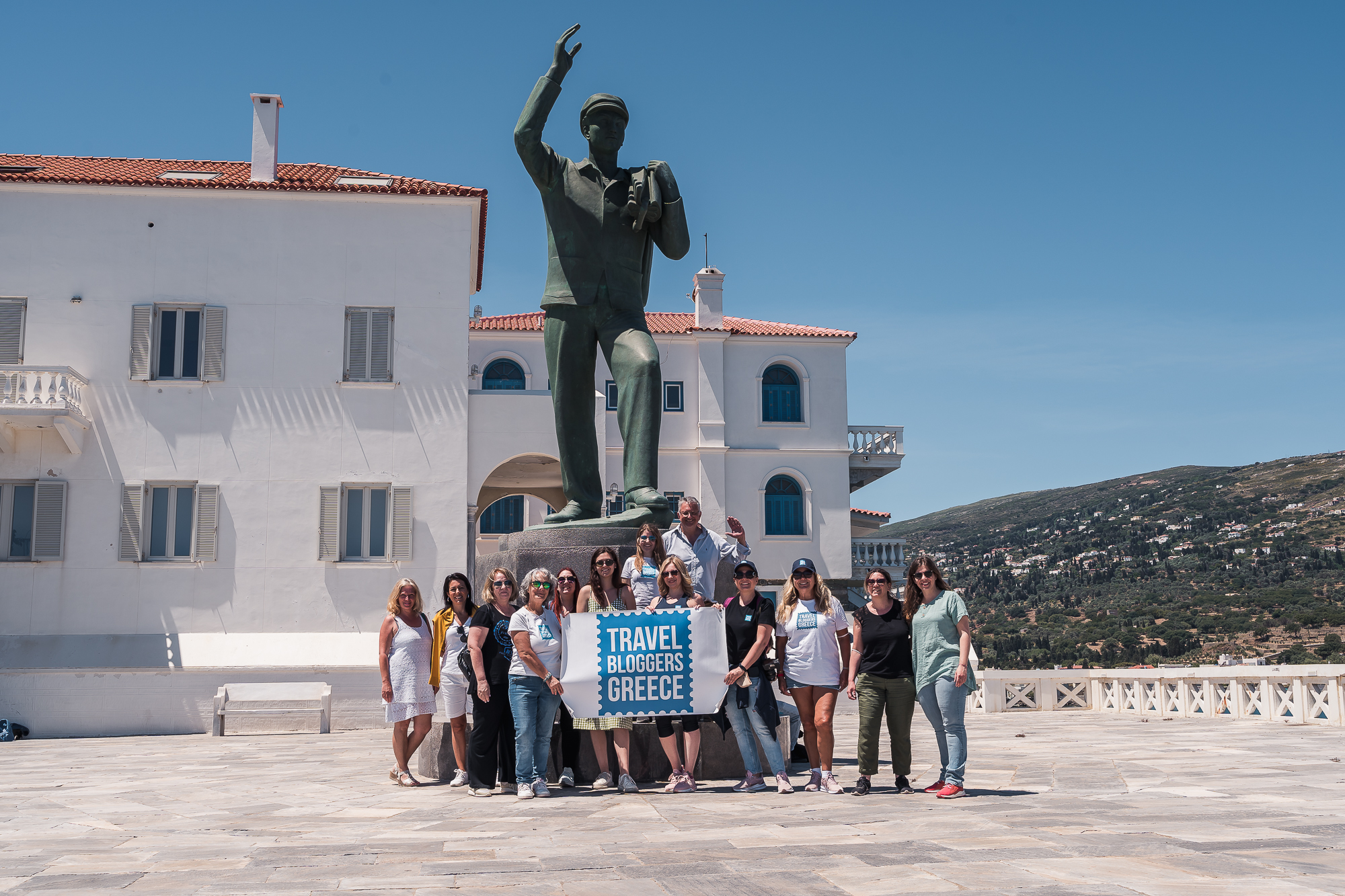
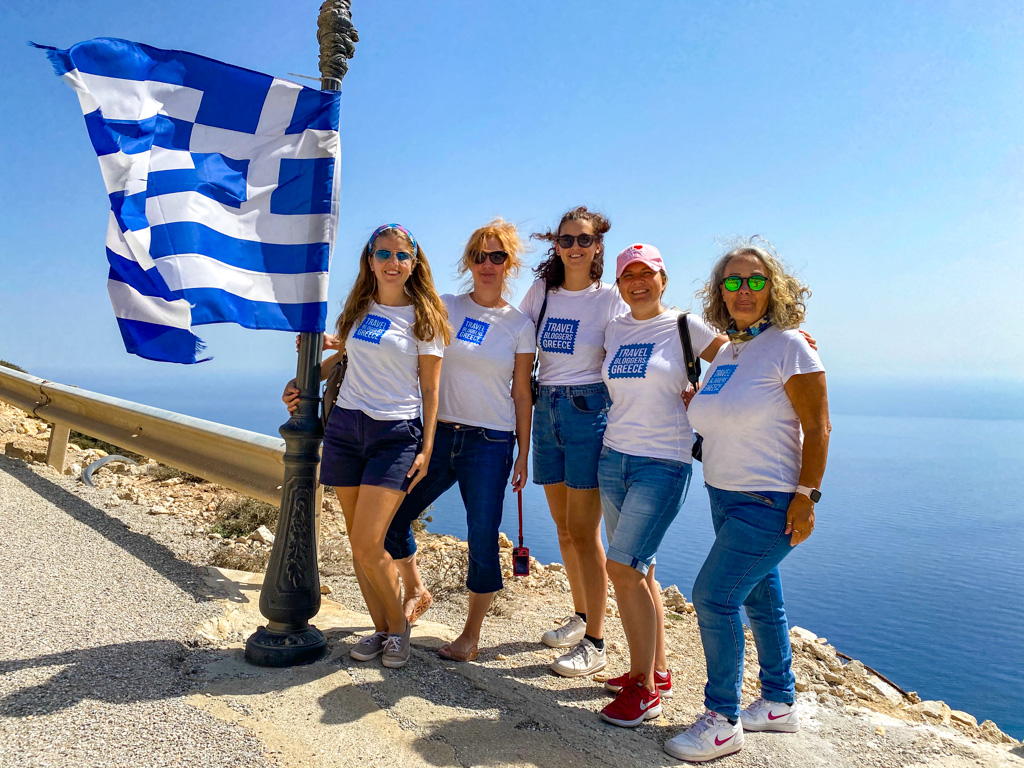
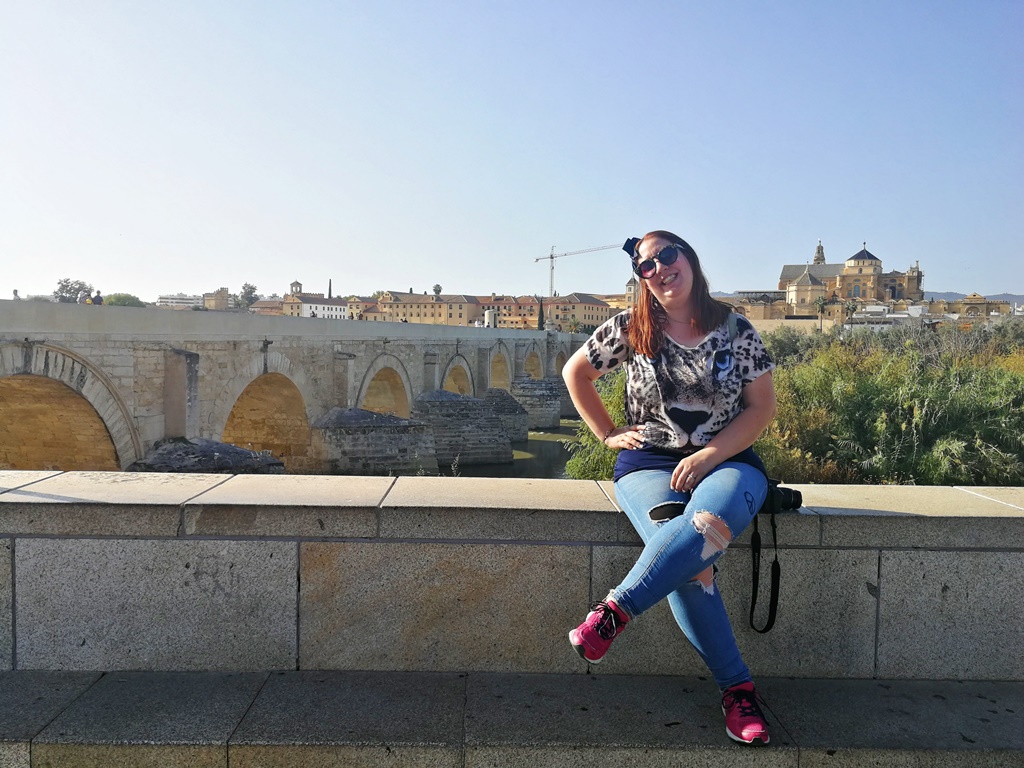

What do you think?